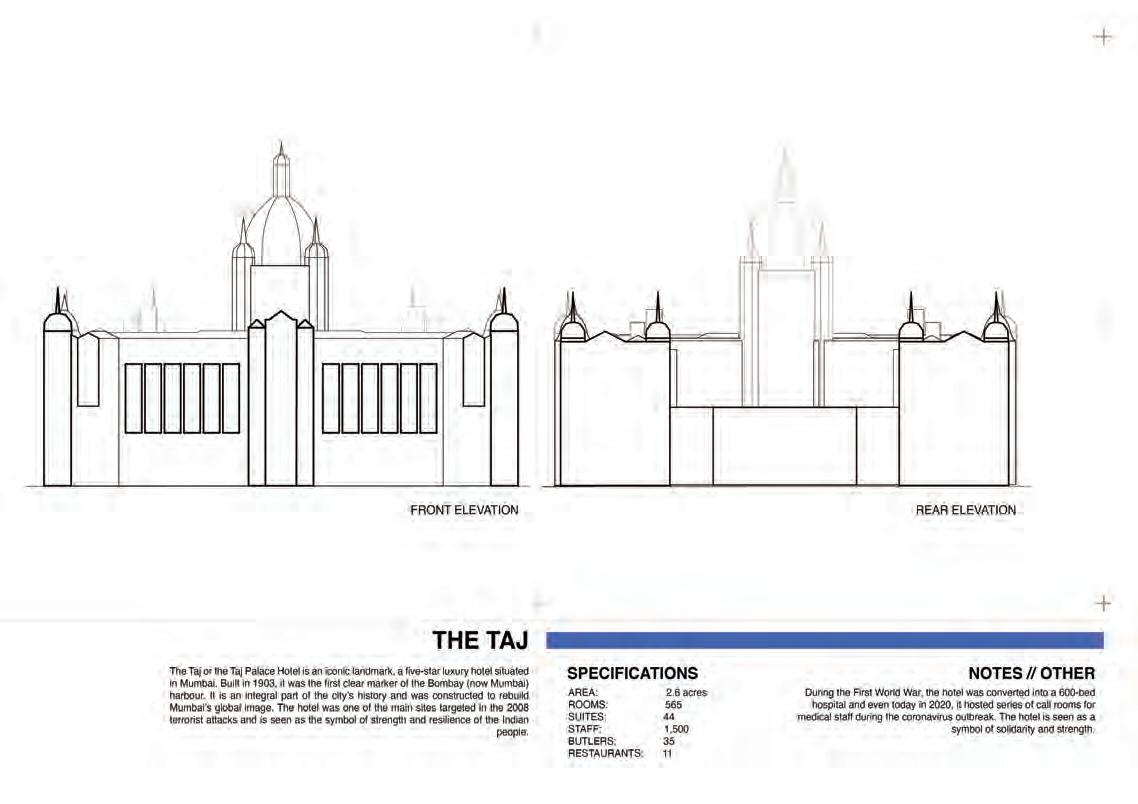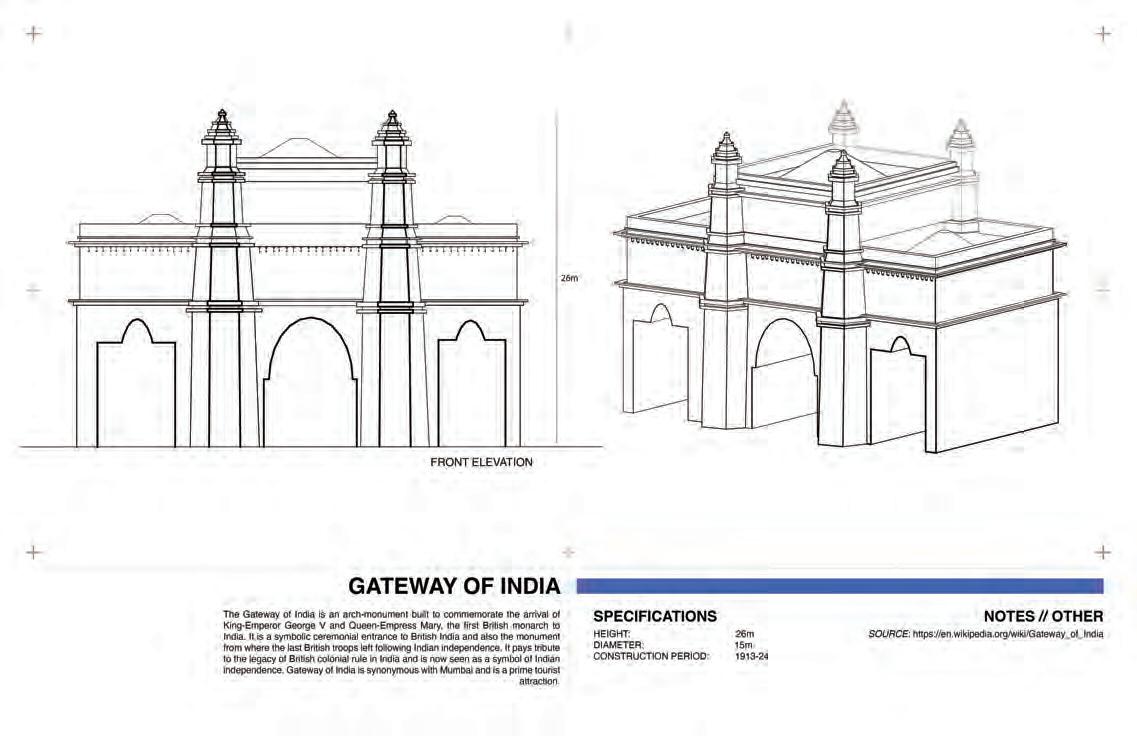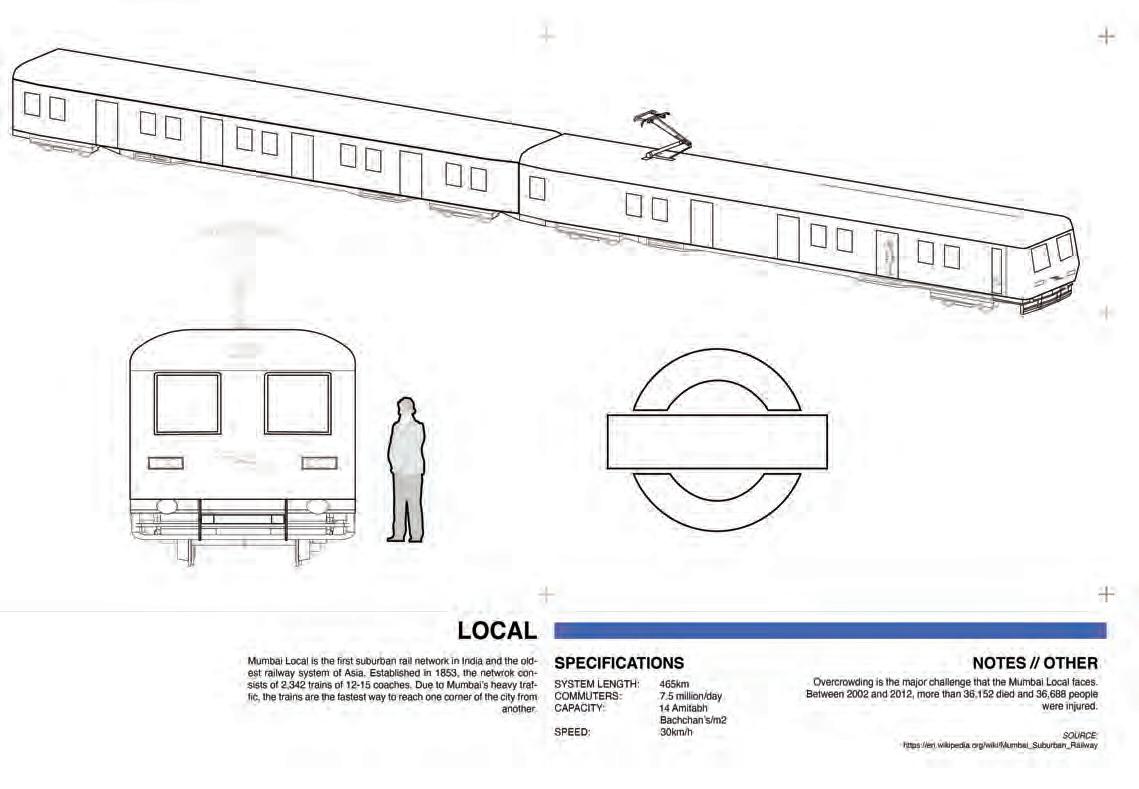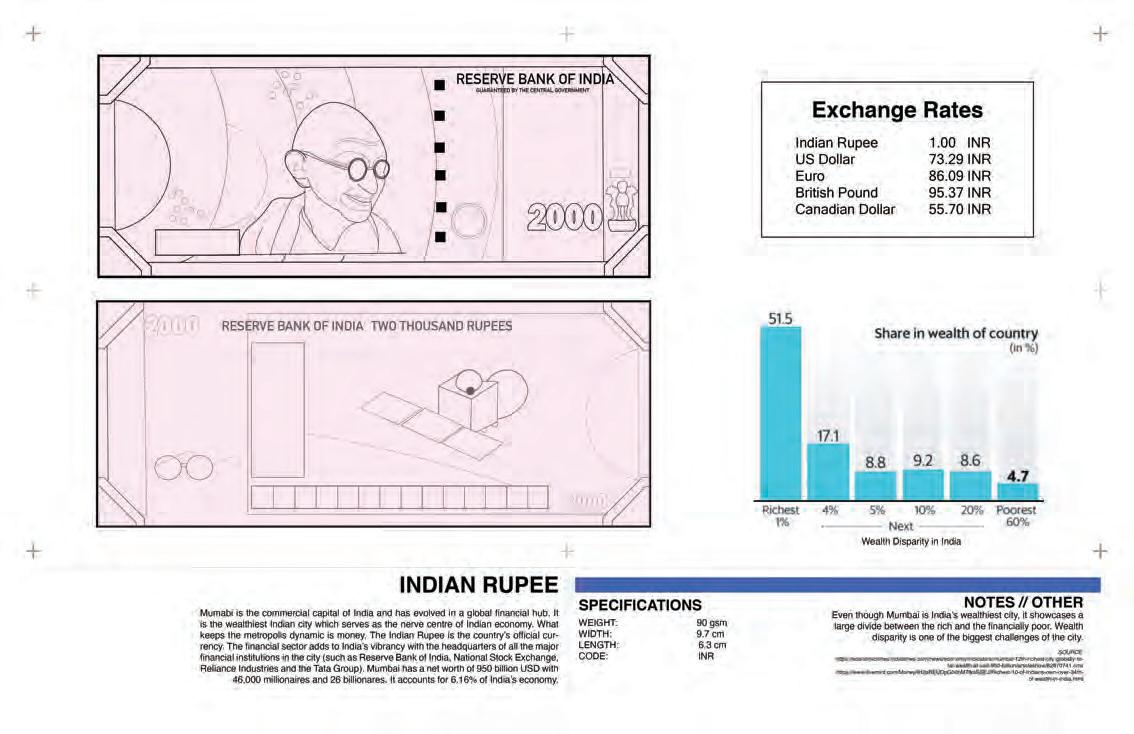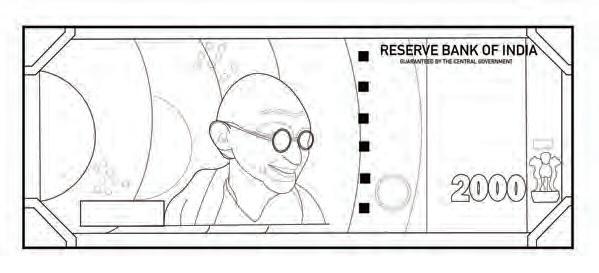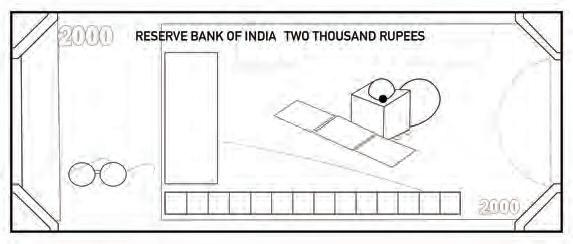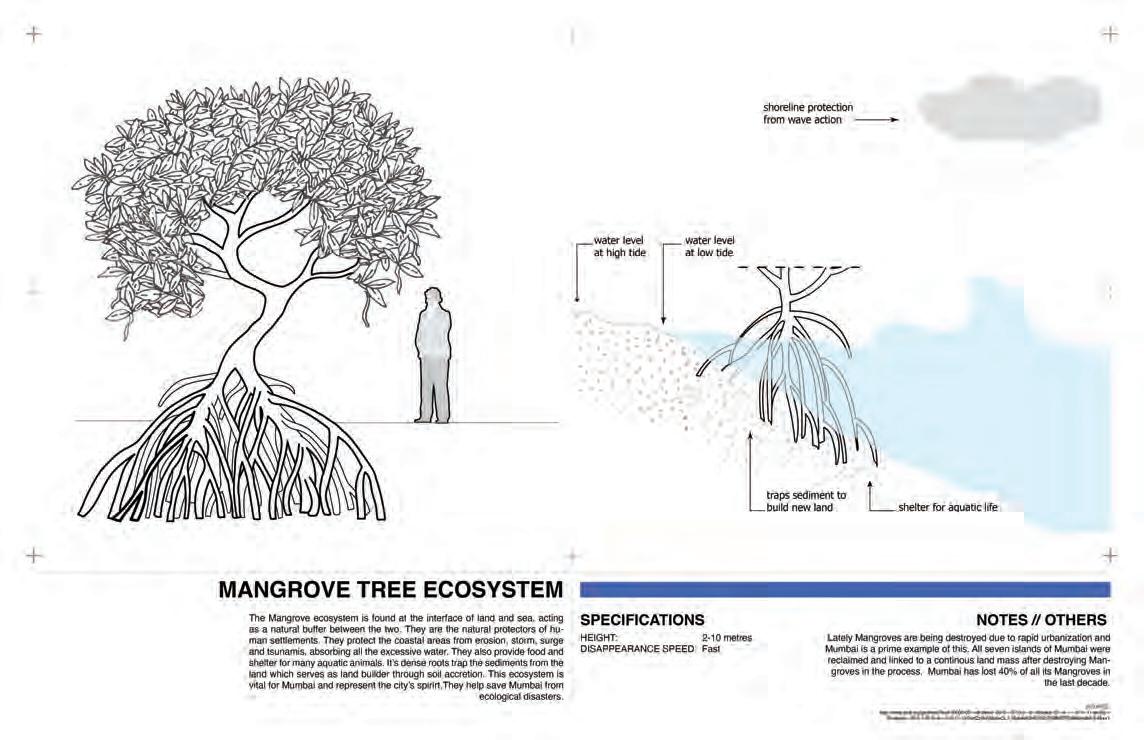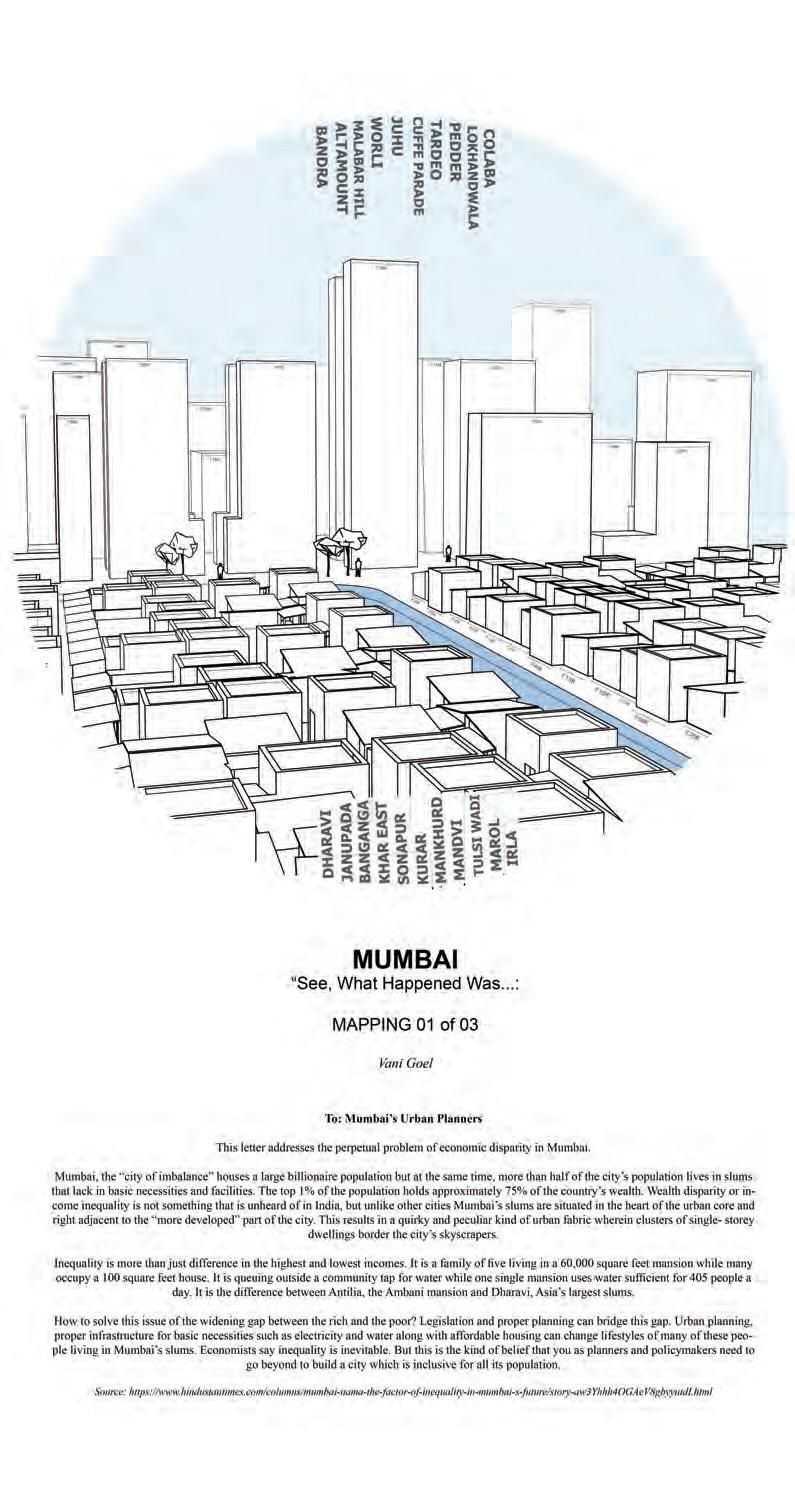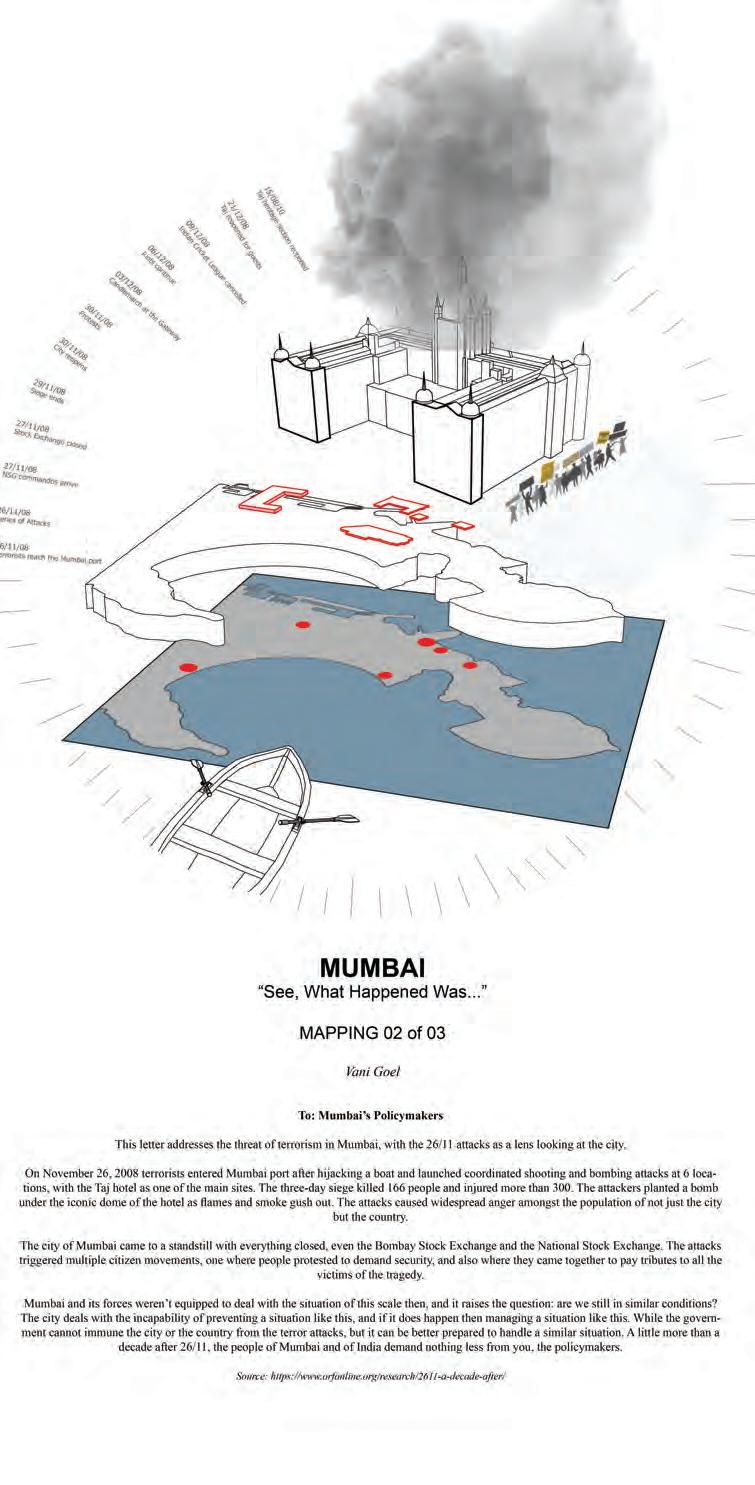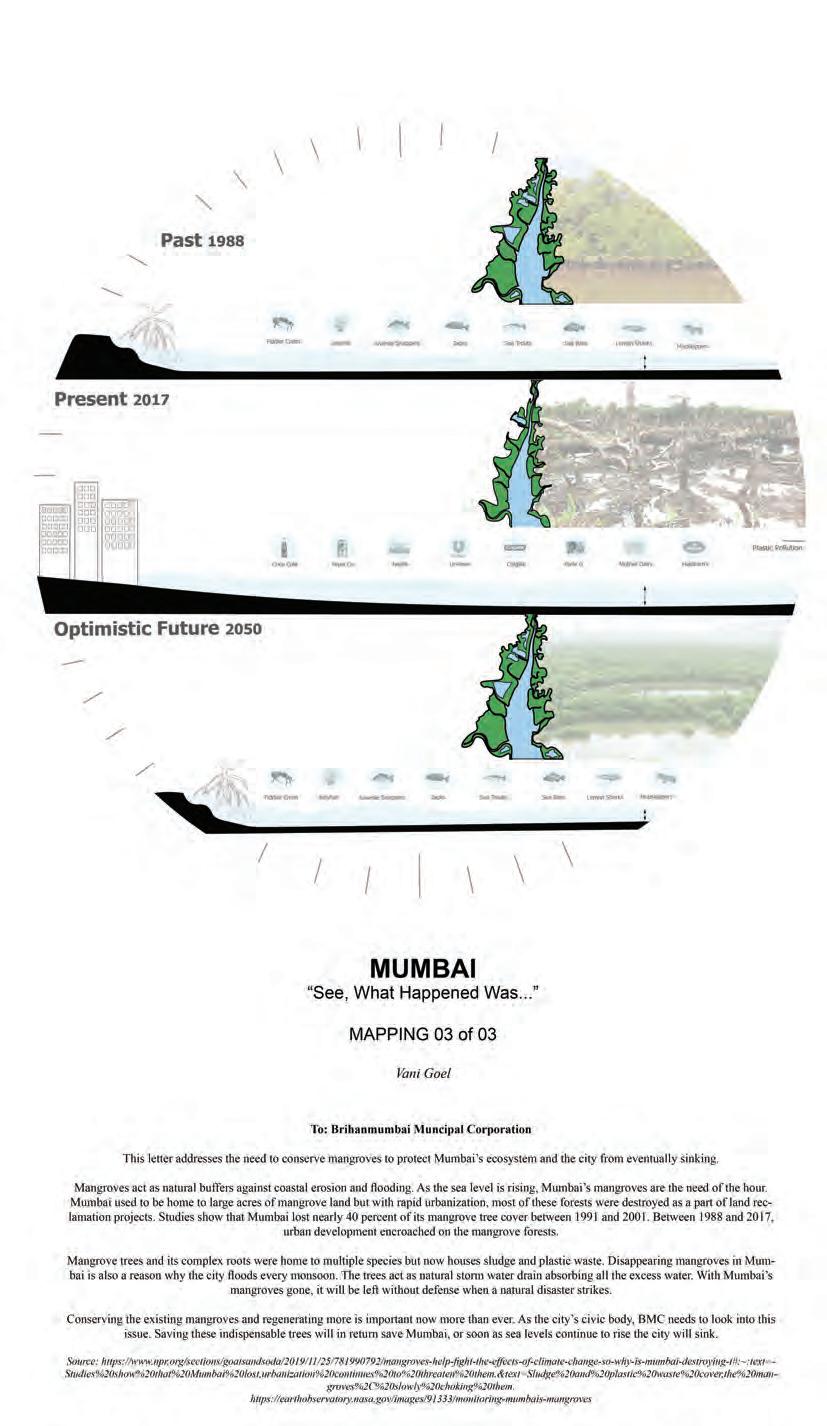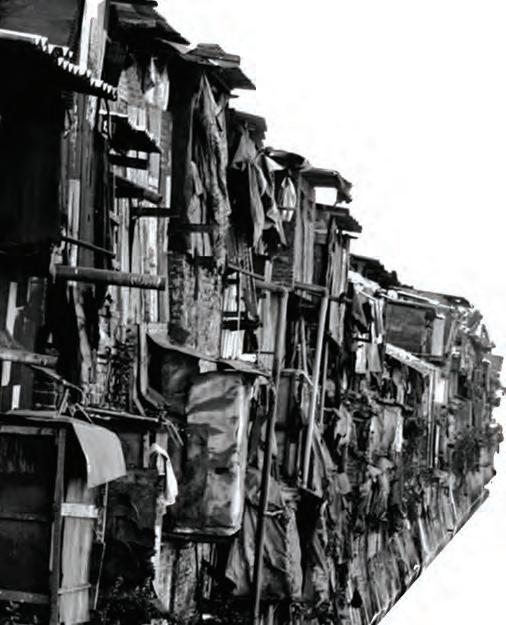
2 minute read
A Tale of Two Cities | Atlas of Mumbai
in unity and harmony lay great cities.
“great cities are like any other living things, being born yet they suffer through the hands of division. it is unfair, for few are born with a silver spoon, for few silver is a far-fetched dream.
Advertisement
great cities are like any other living things, being born and maturing for maturity is understanding and rubbing shoulders with the different and contrasting.
great cities are like any other living things, being born and maturing, and wearying and dying in their truth for truth is an epiphany, there exists a greater form of heirarchy, unity and harmony.”
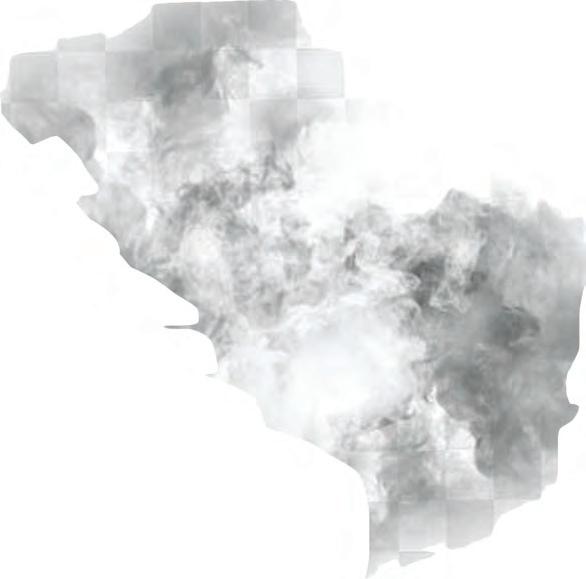

Atlas of Mumbai
October, 2020
MUMBAI, while some call it “the city of dreams,” it is actually a city of imbalance. As India’s economic centre, the city contains some of the country’s most powerful industries bordering some of the world’s poorest slums. Billion-dollar houses in the form of skyscrapers exist next to vast slums covered in blue tarps against the monsoon rains.
Great cities are filled with anomalies, and Mumbai is a perfect example. But how did a city which houses people holding more than 70% of the country’s wealth, become this way? And what is it denying? What’s left of Mumbai as a city? Or rather who remembers? Before the smog and the floods, the heat, disease and pollution, the polarisation of power and protests.
This project attempts to analyze this city as an urban jungle with varying disparities and document the “tools” that underpin the fraught nature of the city, of opression and control. Multiple themes were explored ranging from the city’s history to architecture and culture. The second part of the project studies the urban implications of these tools, both of opression and control in the form of mapping. It touches on themes of wealth disparity and economic inequality, terrorism and environmental implications.
